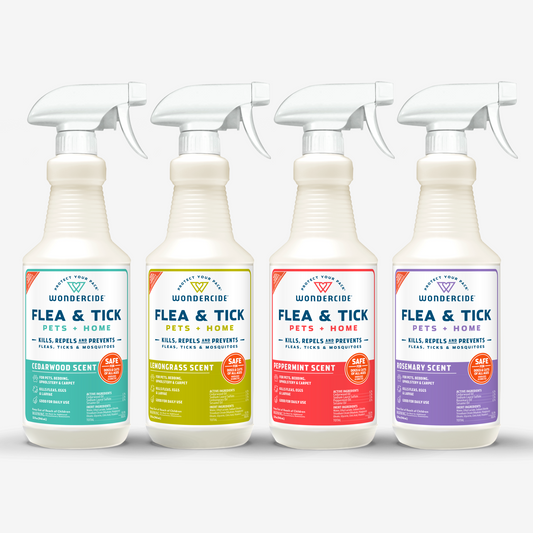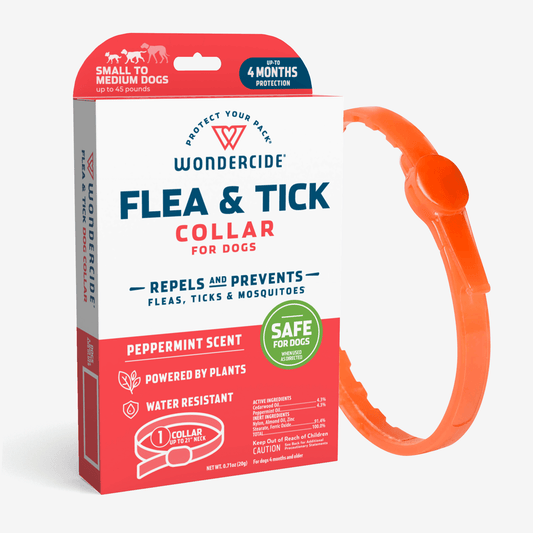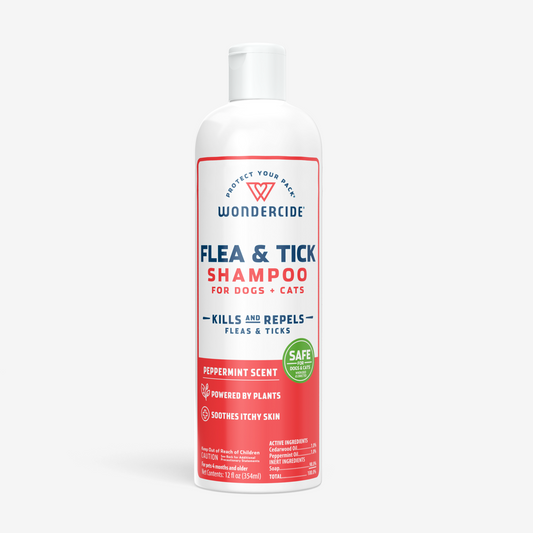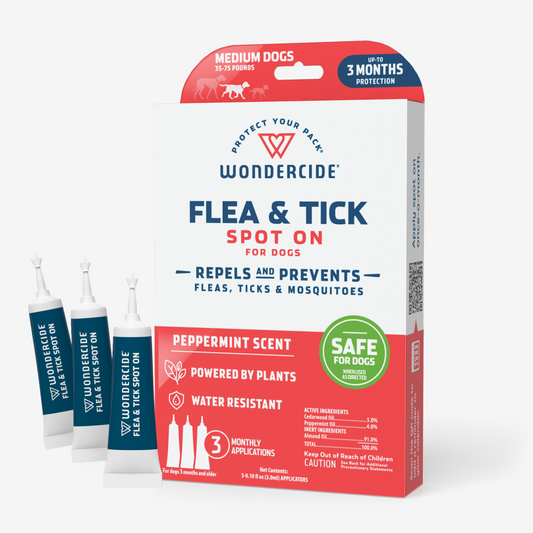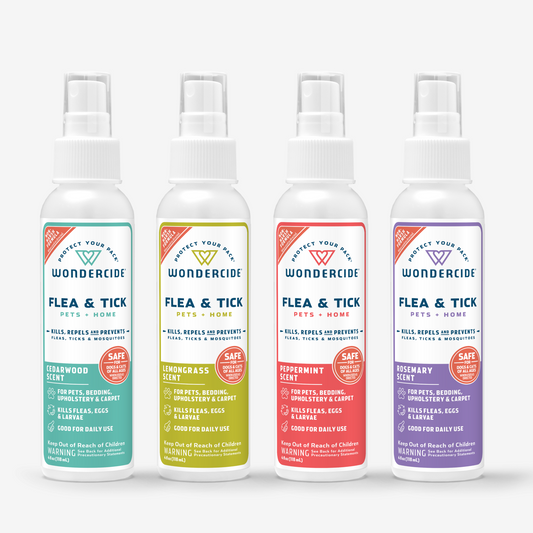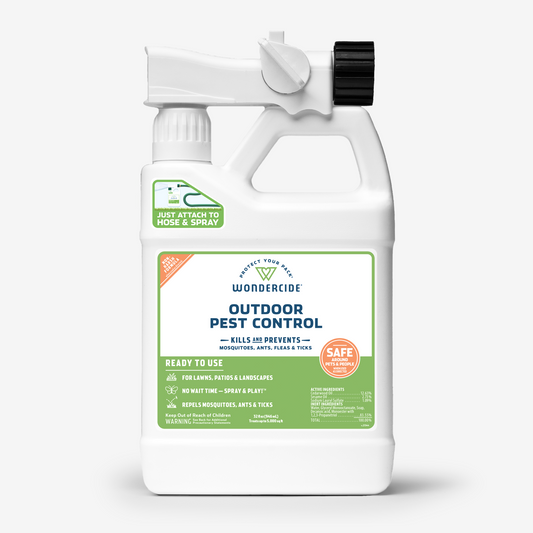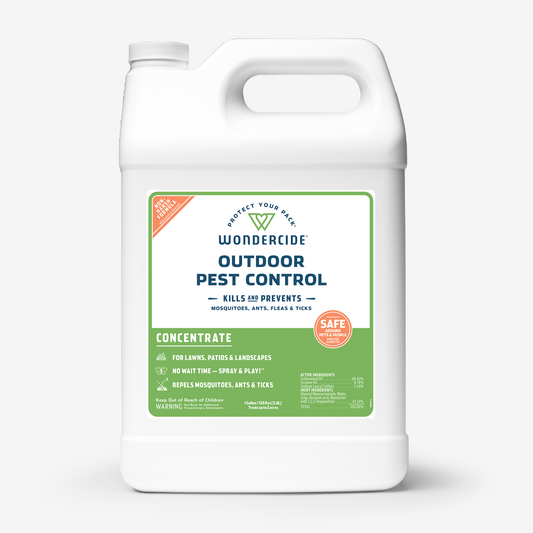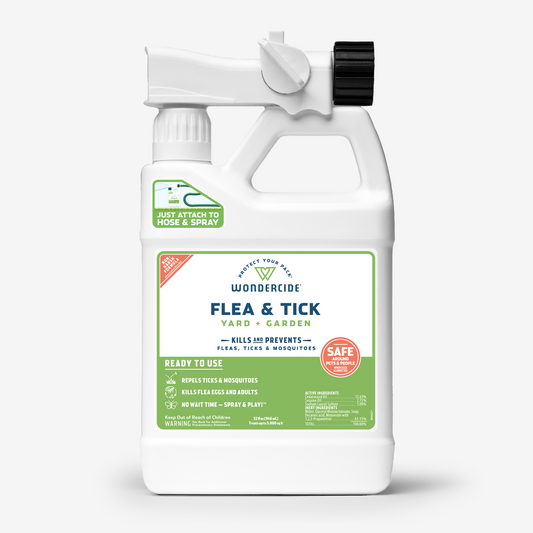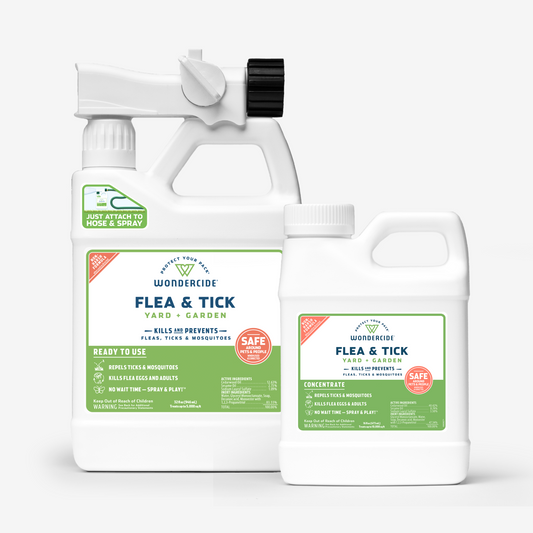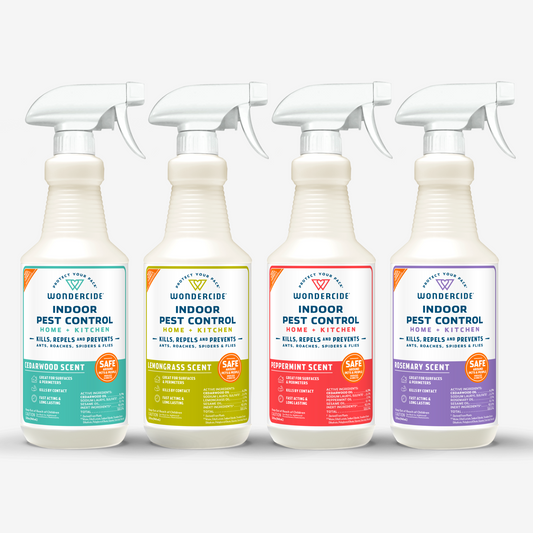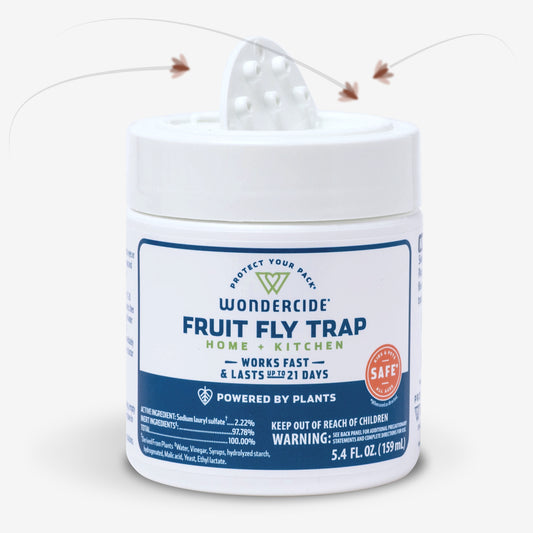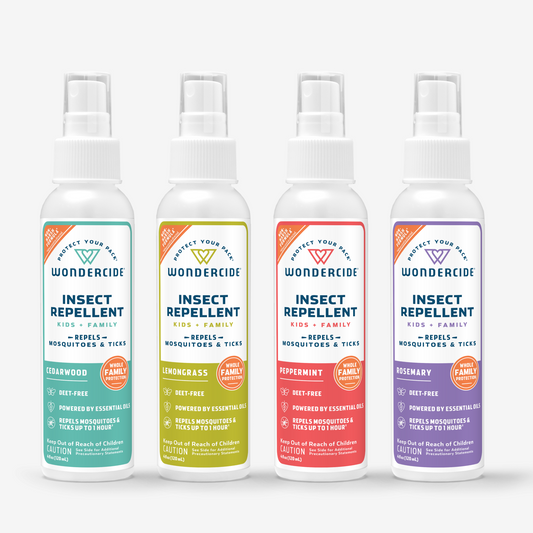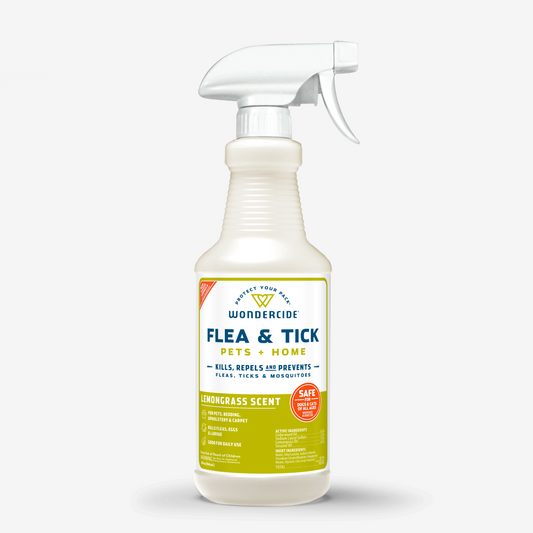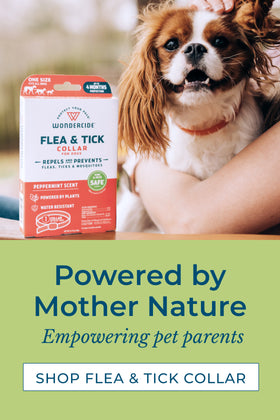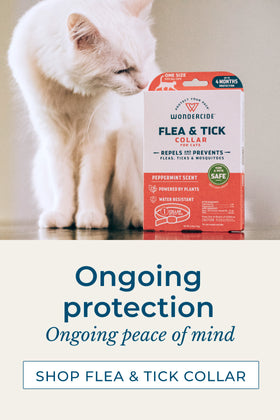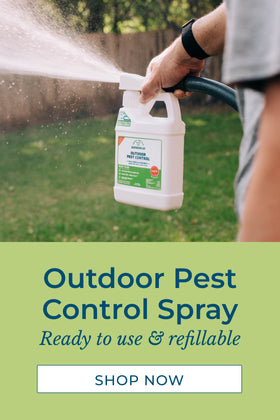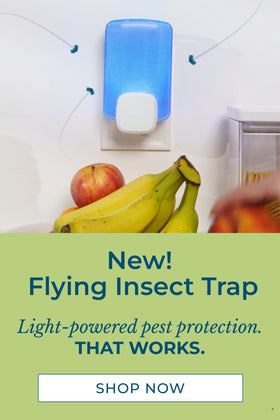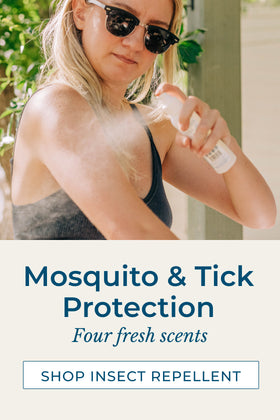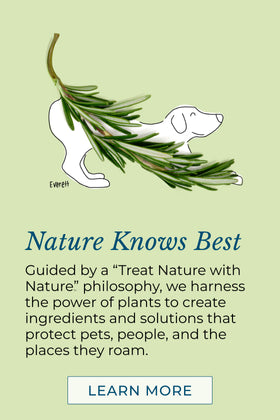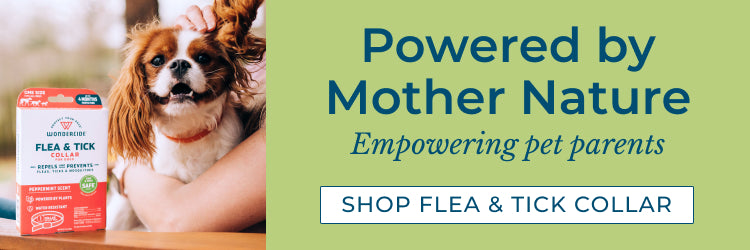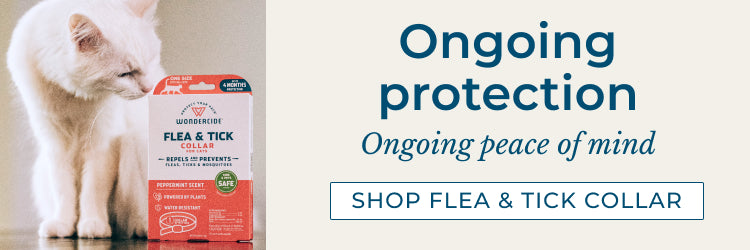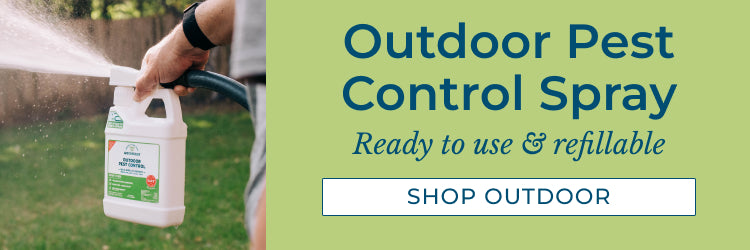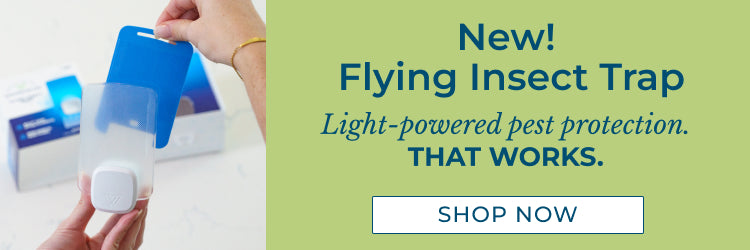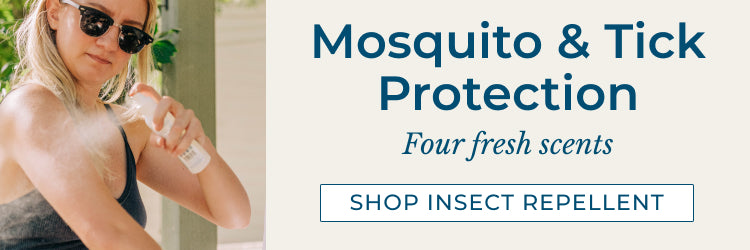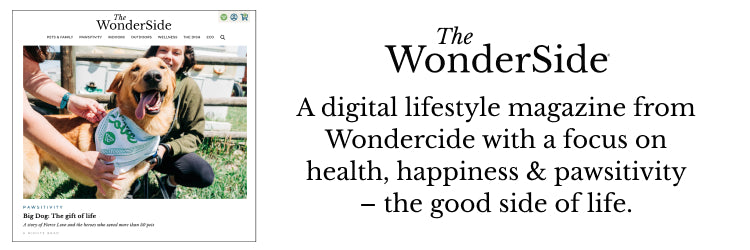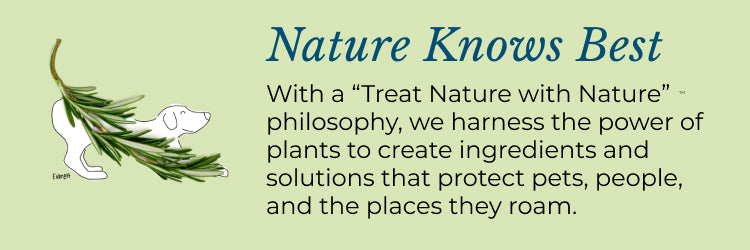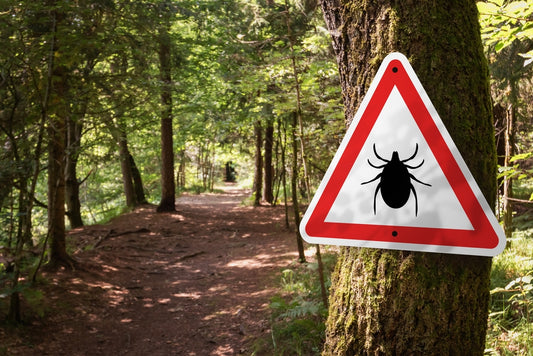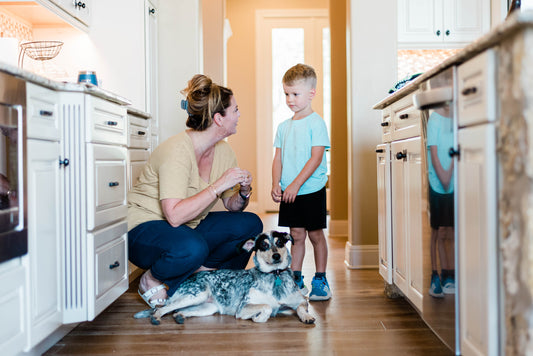An ongoing campaign to educate Americans about the risk of unintentional poisonings and spread awareness about how best to avoid poisoning, National Poison Prevention Week (NPPW) has taken place during the 3rd week of March since 1961. Today, National Animal Poison Prevention Week occurs alongside National Poison Prevention Week, and the entire month of March has been designated as Poison Prevention Awareness Month.
In 2023, National Poison Prevention Week and National Animal Poison Prevention week occur March 19th-25th.
To highlight important reminders that can help keep your family safe. Wondercide has created this resource that includes more information on the history of the events. If you ever suspect a loved one has been poisoned, use the following resources.
HELP FOR FAMILY:
Per the U.S. Health Resources and Services Administration:
- If the person is unresponsive, experiencing seizures, or is having trouble breathing, call 911 immediately.
- If the person is awake and appears stable, call Poison Control, available 24/7, at 800-222-1222 or visit their website to get help online (free).
HELP FOR PETS:
Per the ASPCA:
- If your pet is unresponsive, experiencing seizures, or is having trouble breathing, take them to your vet or an emergency pet clinic.
- If you can, take remaining samples of what may have poisoned your pet, along with samples (vomit, stool) of their illness.
- If your pet is awake and stable, do one of the following:
- Call your vet
- Call the ASPCA Poison Control Center, available 24/7 at 888-426-4435 (free)
- Call the Pet Poison Helpline, available 24/7, at 855-764-7661 ($85 incident fee at the time of writing)
Some signs of poisoning do not take effect immediately. If someone in your family consumes or is exposed to a product that could cause issues, do not wait until your loved one shows signs of illness to seek help, even if you’re not 100% sure whether they have been poisoned.
A brief history of poison prevention in the United States
Not long ago, there were no poison control centers, no drug labels (outside of marketing), and no regulations around the manufacturing of medicines. As industrialization took off and the creation of new pharmaceuticals and chemical substances increased, the American public didn’t always have the information and tools it needed to make smart safety decisions. As a result, the more vulnerable members of our community, including kids and pets, were caught in the crosshairs of progress. Here’s how that changed.
- April 10th, 1866: Henry Burgh, a former American Diplomat, founds the American Society for the Prevention of Cruelty to Animals (ASPCA).
- He was inspired to do so when, while on assignment in Russia in 1863, he had to stop a carriage driver from beating his fallen horse.
- The ASPCA was the first and, at the time, only humane society in the Western Hemisphere.
- Early 1930s: Dr. Jay M. Arena of Duke University begins collecting information about hazardous toxins.
- He would go on to invent the child-proof cap, spur on the poison control movement, and was the president of the American Association of Poison Control Centers for 20 years.
- June 1930: The American Academy of Pediatrics is founded by 35 pediatricians
- 1945: After the end of WWII, an increase in the production of new drugs and chemicals creates an uptick in accidental poisonings.
- An estimated half of all accidents in children during this time are attributed to accidental poisonings.
- 1953: The first poison control center is developed by Dr. Edward Press and Dr. Louis Gdalman at St. Luke’s Hospital in Chicago.
- 1958: American Association of Poison Control Centers is founded to help improve communication and coordination between poison control centers.
- Sept. 26th, 1961: Congress passes a joint resolution requesting that the President of the United States proclaims the third week of March is National Poison Prevention Week.
- February 27th, 1962: President John F. Kennedy responds to the request and proclaims that NPPW will occur annually on the 3rd week of March.
- 1962: The first National Poison Prevention Week occurs.
- The National Poison Prevention Week Council is also established at this time to oversee National Poison Prevention Week.
- While NPPW still occurs every 3rd week of March, the initiative has now spread to include National Animal Poison Prevention Week (which occurs at the same time and is spearheaded by the ASPCA), and the whole of March is now Poison Prevention Awareness Month.
- 1968: The American Academy of Clinical Toxicologists (AACT) is founded.
- 1970: The Poison Prevention Packaging Act of 1970 is passed, making it mandatory that OTC medications, prescriptions, and dangerous household products use child-resistant closures
- 2014: The National Capital Poison Center launches webPOISONCONTROL, an online application that provides case-specific guidance regarding poison exposures and advises whether or not you should visit the ER.
- 2022: During the 60th anniversary of NPPW, the Consumer Product Safety Commission announces an 80% decline in unintentional poisonings since 1972.
Even with this progress, 2 million potential poison exposures are still reported annually to poison control centers, with 90% of those poisons taking place at home, and the majority of those occurring in children under 5 years of age.
Top sources of accidental poisoning for kids
The website webPOISONCONTROL has released an extremely thorough report on the top 10 sources of accidental poisonings for kids 6 years and under, which can also be found here. You can also find specifics on the What to Expect website.
Signs of poisoning in children
Signs that a child may have accidentally been poisoned are going to vary widely depending on their age, their ability to communicate, and the poison involved. Some signs of poisoning do not take effect immediately, so do not wait until a child shows signs of illness to seek help. Visible signs of recent accidental poisoning include the below.
- Signs that your child drank something poisonous:
- Redness, burns around the mouth and lips
- Chemical smells on the breath
- Chemical stains or burns on your child’s clothing, in their play area, or elsewhere in the house (particularly around medicine cabinets)
- Vomiting
- Difficulty breathing
- Fatigue and weakness
- Heavy drooling
- Seizures
- Unconsciousness
Top pet toxins found in common household items
American Association of Poison Control Centers (AAPCC), the ASPCA’s Animal Poison Control Center (APCC), and the Pet Poison Helpline release reports on the top pet toxins every year. View the latest reports:
The top pet toxins included on these lists may vary from year to year, however, frequent offenders include:
- Medications for humans:
- Over-the-counter (OTC) medications for humans, with NSAIDs (Advil, Aleve, Motrin) and acetaminophen (Tylenol)
- Prescription medications
- Human foods, especially:
- Grapes
- Raisins
- Onions
- Garlic
- Xylitol
- Chocolate
- The APCC reports 103 calls/day regarding potential chocolate ingestions. That’s 1 case every 15 minutes.
- Certain plants
- Including these plants that are dangerous to pets
- Also refer to ASPCA’s interactive guide to plants poisoning to pets
- Household products, especially:
- Conventional Cleaning products
- Paint
- Veterinary products
-
Chewable medications that taste good and if given access, pets will eat in full, including veterinary NSAIDs, joint care supplements, and heartworm medications.
- Conventional pesticides, especially:
- Conventional rodenticides (pesticides that kill rodents) if ingested
- Conventional insecticides if ingested
- Fertilizers
- Dogs in particular find certain ingredients in fertilizers very appetizing that, if ingested, can cause serious issues.
Signs of poisoning in your pets
Signs that your pet may have been poisoned vary widely depending on the type of animal (dog, cat, etc.) and the type of poison involved. While no poisoning is “mild,” different types will lead to different severity and kinds of symptoms.
Remember: Some signs of poisoning do not take effect immediately, so do not wait until your pet shows signs of illness to seek help. It’s always best to seek help sooner rather than later, even if you’re not 100% sure whether or not your pet has been poisoned. The Spruce shares these signs of poisoning as reviewed by Alycia Washington, Doctor of Veterinary Medicine (DVM):
- Gastrointestinal signs: Diarrhea, drooling too much (hypersalivation), lack of appetite, nausea, vomiting.
- Signs of internal bleeding: Coughing or vomiting up blood, pale gums, lethargy, and fatigue.
- Signs of kidney failure: Bad breath (called “uremic” breath), vomiting and/or diarrhea, lack of appetite, increased thirst, variance in urination (excessive or decreased).
- Signs of liver failure: Jaundice (look for yellowing of skin, eyes, claws, and gums), vomiting and/or diarrhea, black stool, lethargy and fatigue, and low blood sugar.
Less easy to detect but generally present as a sign for most poisonings is “unusual” behavior from your pet due to discomfort. As the owner of your pet, you are clued into your pets normal rhythms: if you suspect your pet has been poisoned and they are acting abnormally, that’s cause enough to seek a professional’s opinion.
Wondercide and poison prevention
At Wondercide, we care deeply about poison prevention awareness. Wondercide was founded after our founder Stephanie Boone’s dog, Luna, became very sick from what her vet suspected was exposure to conventional pesticides in the yard and conventional flea and tick medication. Determined to help Luna and families everywhere, Stephanie created plant-powered solutions that are safe for pets and the whole family when used as directed.
Is Wondercide toxic?
Even water, if used improperly, can be toxic to pets and people. However, all Wondercide products are safe around pets and family when used as directed. Wondercide works without the conventional ingredients, using the power of nature to do the job. Always follow label instructions for any product you use in, on, and around your family, and get educated about ingredients. Wondercide ingredients are clearly marked on our labels, summarized here, and also on product pages on our website.

